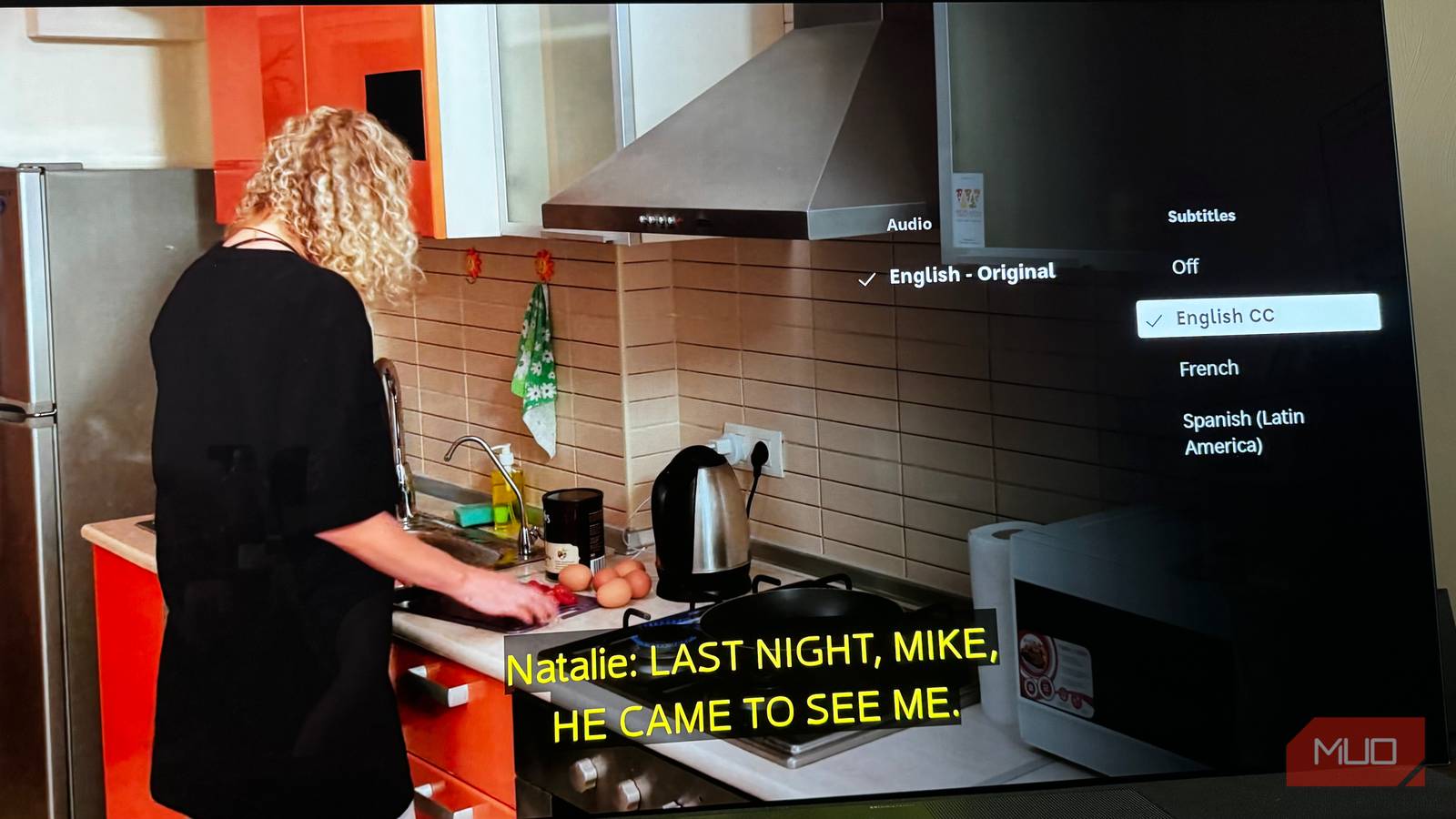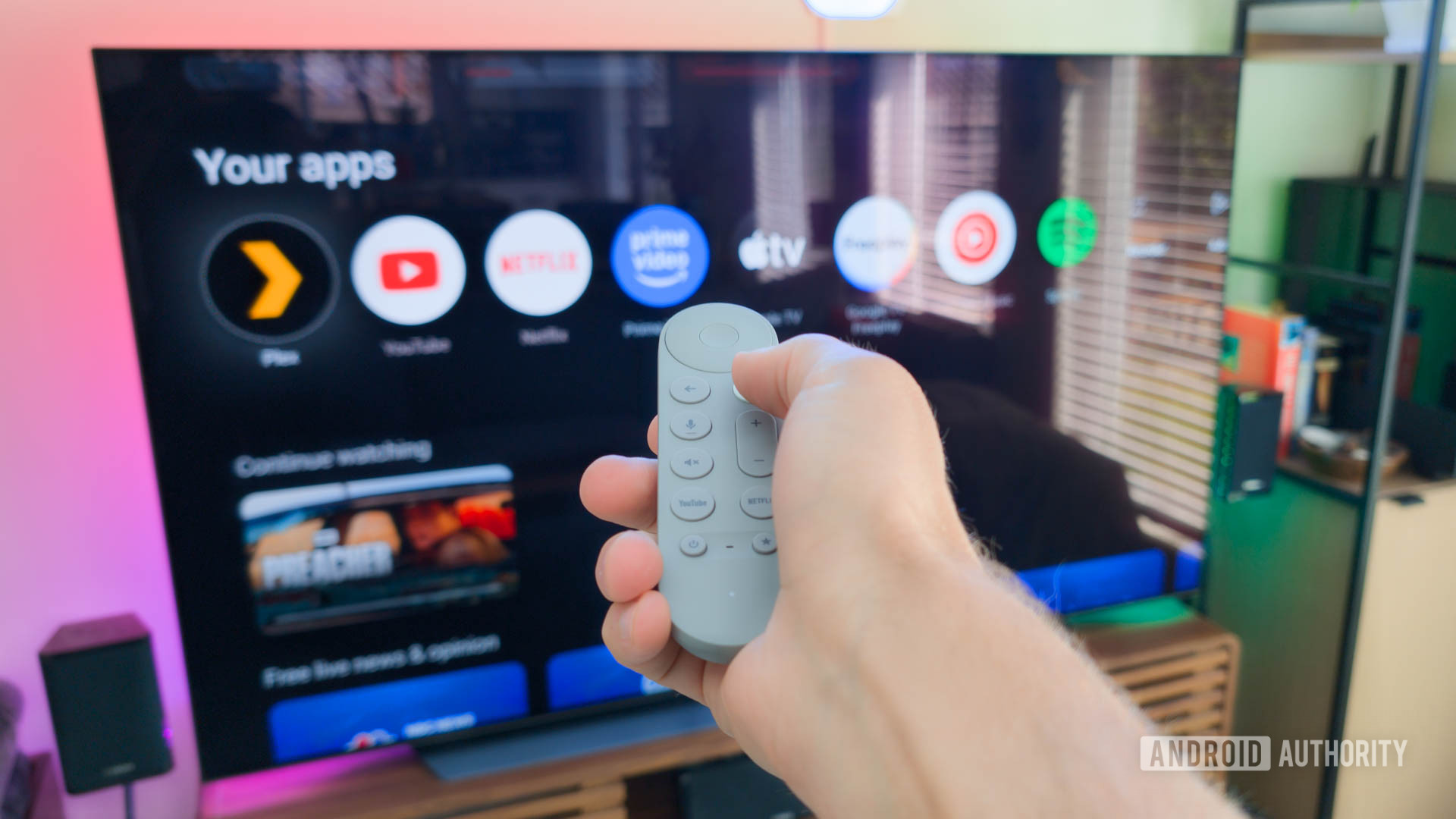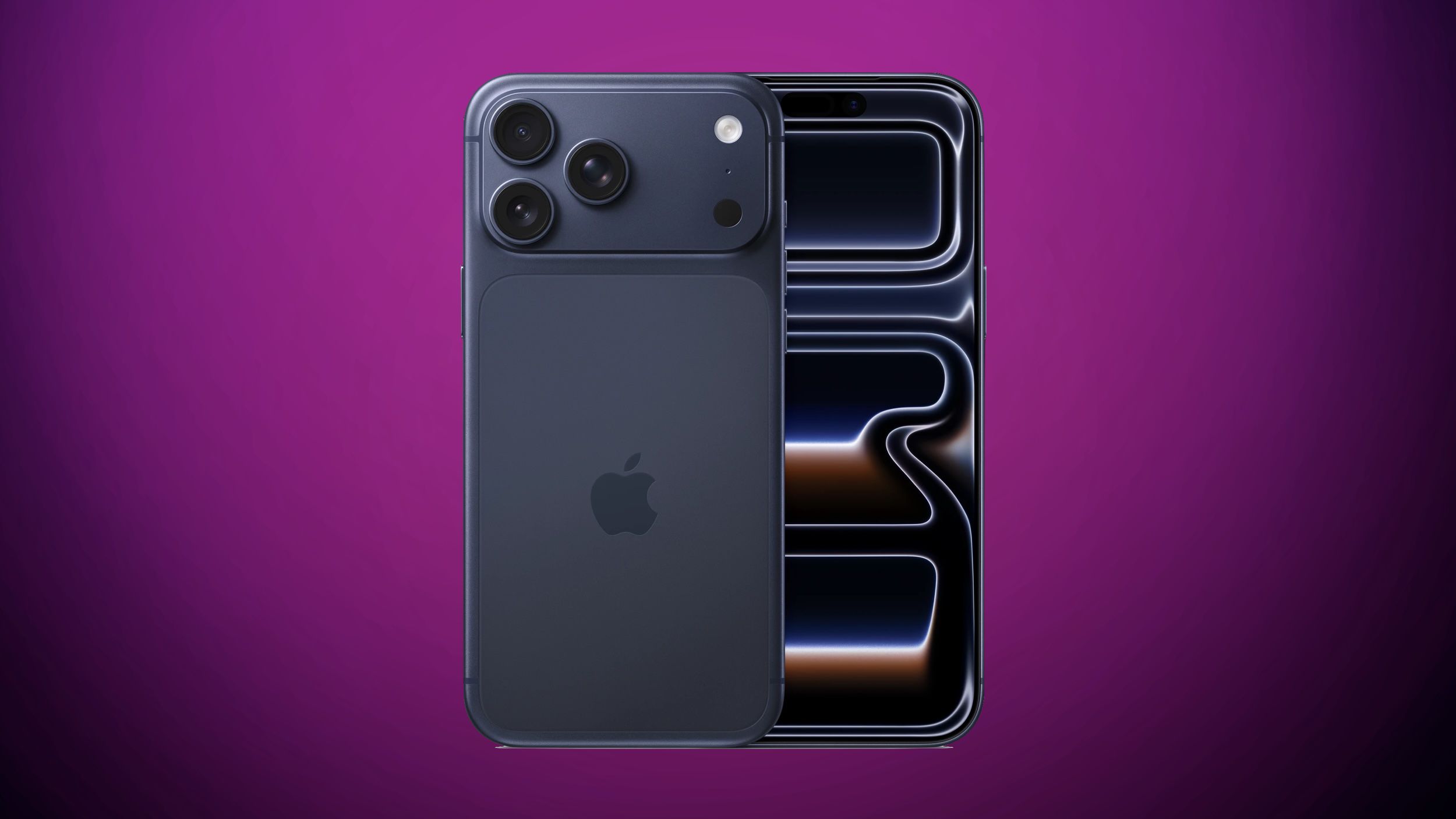I’ve been using subtitles on movies, TV shows, and video games for my entire life. I grew up using them at home, so it became the default for me.
While I thankfully don’t have hearing issues, I prefer having subtitles to make sure I don’t miss any dialogue. That’s especially the case when modern audio mixing can be so poor, among other issues like characters whispering half the time, muttered statements while walking away being hard to understand, and similar. And my household is now multi-lingual, making subtitles even more important.
Having used them for so long, there are points around subtitles that have come to frustrate me. I’d love for streaming services and other subtitle creators to correct these issues and make the experience better for everyone.
Include subtitles for dialogue, regardless of language
My wife’s native language is Spanish; we watch English shows with Spanish subtitles if available, and vice versa for Spanish shows. This dynamic has brought new issues with subtitles to my attention.
The biggest is the assumption that you won’t need subtitles for the selected language. As an example, much of Tom Clancy’s Jack Ryan season 2 takes place in Venezuela, so there’s a lot of Spanish spoken.
However, while the show displays Spanish subtitles for English dialogue, there are no subtitles when people speak Spanish. My Spanish comprehension is solid enough, but due to all the existing issues with modern audio balancing, I feel more comfortable with Spanish subtitles.
My solution was to toggle the subtitle language to English during every scene where Spanish is primarily spoken, which is annoying and disruptive. The same problem happens in the reverse—in a Spanish show, English speech will lack subtitles, which makes it easier to miss something and removes an assistance option.
This is fixable by enabling closed captions instead of subtitles. Subtitles only show the spoken dialogue, while closed captions include descriptions of other audio (like music or characters grunting). But unfortunately, subtitle and closed caption options are not available for every language or on every service. I don’t need full captions, but I prefer that over lacking subtitles for all speech.
It would also be great if more services had auto-translated subtitles, similar to YouTube. Hulu’s subtitles are limited to English for many shows, which feels archaic when Netflix offers dozens of languages on much of its content.
Don’t reword the dialogue in subtitles
There’s debate about the right way to represent dialogue in subtitles, especially for unscripted content. For those who are deaf, it’s important to represent stutters, filler words, and similar in the subtitles to provide the full context of what’s being said. But having all that extra text also makes the subtitles harder to read and process.
I think there’s a balance here, but on YouTube, I’ve seen a related issue that’s more frustrating. As you might know, you can upload your own captions to a YouTube video, which are then synced with the video. It’s great when creators take the time to do this, since they can adjust the timing and layout for a better experience than the automatic subtitles can provide.
However, I’ve seen various scripted videos where the subtitles don’t line up exactly with what the speaker says. I imagine the creator uses their script as the base for the subtitles, then either doesn’t check to make sure this lines up with the voiceover, or is OK with minor discrepancies.
Here’s a made-up example of the slight differences that arise:
- Dialogue: I then wanted to find out: could I beat Donkey Kong Country without jumping? It was going to be difficult, but I was certainly up for the challenge.
- Subtitles: I then asked myself whether I could beat Donkey Kong Country without jumping once. While I knew it would be difficult, I was up for the challenge.
It’s not a huge issue, but it’s more noticeable when I’m following along with the subtitles more closely while exercising or similar. Hearing something different from what you’re reading causes a brief disconnect that throws you off. And sometimes, there are entire sentences in the subtitles that aren’t spoken, which is jarring. It strikes me as reading an older version of the script.
Don’t spoil what’s coming up
Deciding what to transcribe isn’t the only art of subtitles; when to show the text is just as important. Anyone who’s regularly used them knows the hassle of subtitles ruining a surprise that you haven’t heard yet.
This requires a careful touch to consider what the viewer knows about the story and any twists at that point. In video games, I’m a fan of character names either being hidden or given a more general title if showing them would spoil a surprise. This can be amusing for minor, unnamed characters, like one of my favorites from Persona 3 Reload:
This approach is also sensible for other forms of media. For example, if a twist villain is about to be revealed, and that person says something from afar, the subtitles should caption the speaker as “Faraway voice” instead of their name.
It’s bad enough when subtitle spoilers ruin a moment, but if captioners aren’t careful, it can even spoil something much later on. Imagine a masked character, whose identity you’re not supposed to know until the end of the season, being revealed because the subtitles call them by name.
For best results, subtitles should always reflect what the viewer knows at that point, and line up with the audio as closely as possible.
Allow for easier, universal style editing
My final gripe with subtitles relates to how platforms implement them. I have an OLED TV, where the default white subtitles are overly bright, so I prefer to change the text to yellow.
While Netflix lets you change captions on your smart TV, not all streaming services allow you to adjust the subtitle color, size, and other formatting within the apps (I mostly notice this with smart TV apps). Having to make changes on the website is a pain when you sign up for a new service or your subtitles get reset for some reason. And some services don’t provide many of these options at all, which is unacceptable.
I’d also appreciate it if we could set subtitle preferences at the device level, rather than having to choose them for every service. It would be great to define preferences once so they apply to every app or disc you watch. Having options for even more preferences, like all-caps vs. sentence case, would be another huge improvement.
Subtitles should be done right
Subtitles have come a long way in the internet and streaming age, but they still aren’t perfect. Whether you rely on them or simply feel more comfortable watching shows with them, these are the improvements I’d like to see. While some people recommend leaving subtitles behind, I can’t see myself ever doing that.
Subtitles seem simple, but they deserve to be treated with care. I find Utah State University’s captioning guidelines to be a good guide on handling them.












